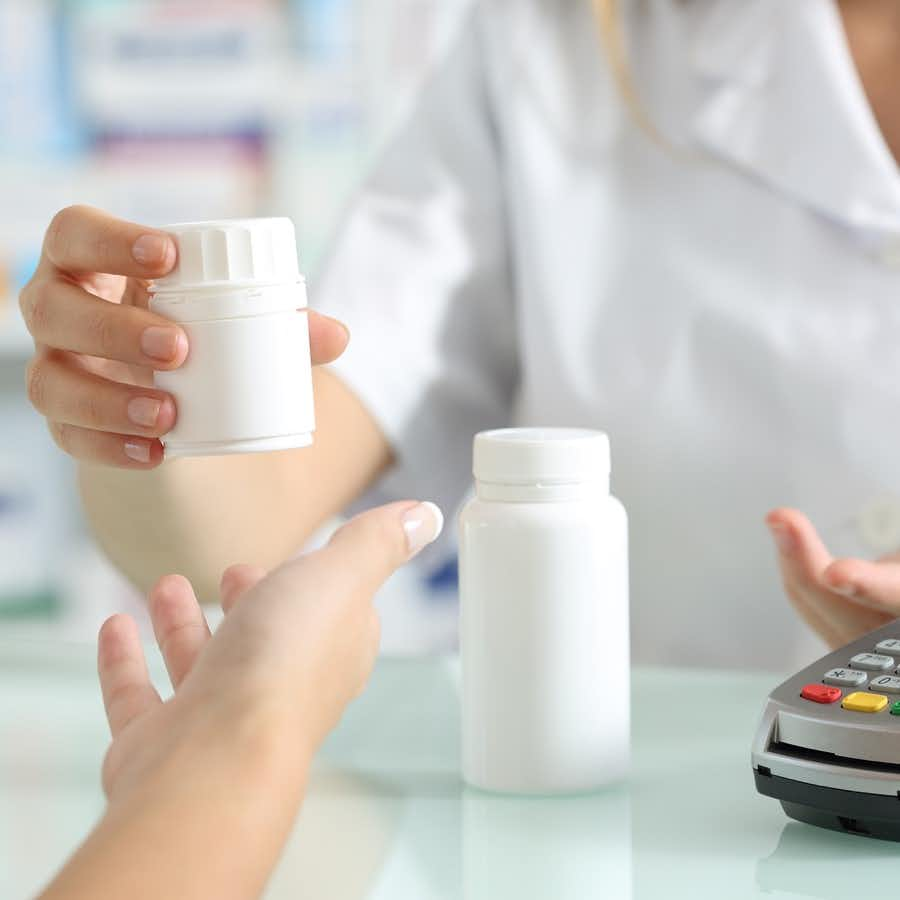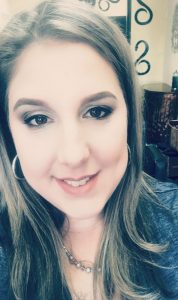
In one of the first scenes of the returning show, Roseanne, Roseanne is sitting at the kitchen table when her husband walks through the door, prescription bag in hand. “Oooh! My favorite! Drugs!” Roseanne exclaims. Dan replies, “Funny story – our insurance doesn’t cover what it used to, so I got half the drugs at twice the price.” Roseanne asks Dan what they are going to do. His reply? “Well, tradesies!”
They proceed to sit down at the table together, and Dan tells his wife, “I’ll trade you 5 of my statins for 5 of your anti-inflammatories and I’ll sweeten the pot by throwing in a couple of blood pressures.”
Although this scene was a humorous part of a show that is touted for addressing real world social issues, the issue of affording prescription drugs is all too real for many people.
Have You Had to Scrimp on Medicine?
A study published in January 2015 (https://www.cdc.gov/nchs/data/databriefs/db184.htm) showed that to save money, almost 8% of U.S. adults did not take their medication as prescribed, 15.1% asked a doctor for a lower-cost medication, 1.6% purchased prescription drugs from another country, and 4.2% used alternative therapies. The link above also shows interesting statistics on how people are skipping/delaying doses and taking less medication. Patients who were uninsured, compared to patients with insurance, struggled the most.
What can we do to save money on drugs? We don’t have to share our pills like Roseanne and Dan. (Not only because of money, but because sharing medications can be downright dangerous.)
Check Your Insurance Plan Before You Get to the Pharmacy Checkout:
If you have prescription insurance, be sure to read all the details of your coverage. Obtain a copy of your formulary by going on the website and printing one or by calling member services (the phone number should be on the back of your card) and ask them to mail you a formulary. Bring a copy of your formulary to all of your doctors (i.e. internal medicine or family physician and specialists).
Insurances vary greatly, so you really want to understand how your insurance works. Some insurances charge a copay for every prescription. For example, a generic drug may cost $10, while a brand drug may cost $25 (preferred) or $50 (non-preferred), depending on the tier the brand drug is placed in. Some drugs may not even be covered at all (excluded) or need a prior authorization (Doctor’s office must explain to the insurance company to provide information as to why the drug is needed) before the insurance will cover the drug.
Dealing with Deductibles:
Deductibles are becoming more and more common – you pay the full cost of prescriptions and medical services until you reach your limit.
Here is an example – I recently had a corneal abrasion. I have a high deductible plan. Since it was early in the year, I knew any prescription (as well as the doctor visit) would be full price.
(Insider tip – doctors very often do not know drug costs and whether drugs come in generic forms.)
The ophthalmologist prescribed a generic antibiotic eyedrop and said she wanted to give me another medication for the inflammation. When I asked which one, she had chosen to prescribe Prolensa. Offhand, from working in a pharmacy, I knew that medication (available in brand only) was a fortune and with my deductible, my out-of-pocket cost would easily be over $200. I asked for a generic alternative, and my cost was only about $30.
Most patients do not know drug costs offhand, which is why it’s great to have a formulary on hand to show your doctors. That way you don’t end up with a nasty surprise at the pharmacy checkout.
If you have a high deductible, it does help to ask for generics AND in certain cases you can even ask the doctor to write two prescriptions, one for the drug they want to prescribe, and a second one for an alternative if the first medication is not covered or is too expensive. Most of the time, doctors don’t mind doing this, especially since it may very well save a phone call later on.
Check for Coupons:
Another great tip is to check the manufacturer website for savings coupons – many manufacturers offer them, but you have to read the fine print to see if you can use it in conjunction with your insurance.
There are also prescription savings cards out there – some chains take them, many independents do not.
No Insurance? Don’t Despair!
What if you do not have insurance, and pay for everything out of pocket?
There are still many ways you can save money on your prescriptions.
You’ve Got to Shop Around:
Shop around for prices–with a caveat that it’s best to have all your prescriptions in one place. The reason? It’s easier (and safer for you!) for the pharmacist to check for drug interactions when all your medications are in one place. Chances are, if you find a pharmacy with great prices on one medication, they will be reasonably priced overall.
Many independents (aka mom and pop stores) often have lower prices on medications, especially generics, as well as exceptional personalized service, shorter wait times, often free delivery, and many other special services not found elsewhere.
Independent pharmacies often join buying groups and purchase drugs at low prices, and consequently they pass the savings on to their patients at the pharmacy checkout.
Not only can you get great prices on medications in general, but often the pharmacist can recommend (with approval from your doctor) a switch to an alternate medication that works just as well and is much less expensive.
Talk with Your Doctor:
Speaking of doctors, it is always good to let the doctor know of your situation when it comes to medications. A doctor would rather take some time to help you find an affordable therapy than to have you not take your medication because it was too costly. Example – Edarbi (azilsartan) is a blood pressure medication that currently comes in brand only. If you have great insurance, it may not matter, but those without insurance may be better off consulting with their doctor about taking a generic alternative in the same category of medication, such as losartan or valsartan. You just have to communicate with the doctor, as many doctors do not automatically think of these issues but are glad to work with you and the pharmacy to help get you on a more affordable regimen. A more affordable regimen leads to better adherence, which reduces the chance of a serious medical episode.
In fact, today we called a doctor for a patient who was prescribed generic Nexium (esomeprazole), and with the doctor’s approval, the patient was able to switch to generic Prilosec (omeprazole) and save a lot of money.
Ask the Pharmacist about Savings Programs:
Many pharmacies, such as Butt Drugs (it is not a joke, but watch this funny video commercial https://www.youtube.com/watch?v=oYYdF0zcuSI) have special programs, where many generic drugs are offered at $20 for a four month supply. There are many pharmacies with programs like this; it just takes a little research to find a pharmacy in your area.
Check Facebook:
Another tip? Ask in your town’s Facebook group. There are always knowledgeable local folks that are more than happy to give others advice on saving money in your hometown. Everyone’s experience will differ, and what you read on the Internet is not always accurate, but fellow patients in your town can often point you in the right direction to a local pharmacy where you can speak directly with the pharmacist and discuss prices.
Your Pharmacist Can Help:
Don’t forget to ask for the pharmacist anytime – we are knowledgeable about all things drug-related and can often help patients save a great deal of money.
I hope some of these tips help you spend less at the pharmacy, so that you can take your medication as prescribed without playing “tradesies” or breaking the bank.
Karen Berger, PharmD, RPh, graduated from the University of Pittsburgh School of Pharmacy in 2001. She has worked in community pharmacies for 17 years, first, as a pharmacist/pharmacy manager for a large chain, and currently, as a pharmacist at an independent pharmacy in Northern New Jersey. Karen is excited to join The People’s Pharmacy as a contributing writer. She can be reached at karenmichelleberger@gmail.com

Karen Berger, PharmD, RPh

